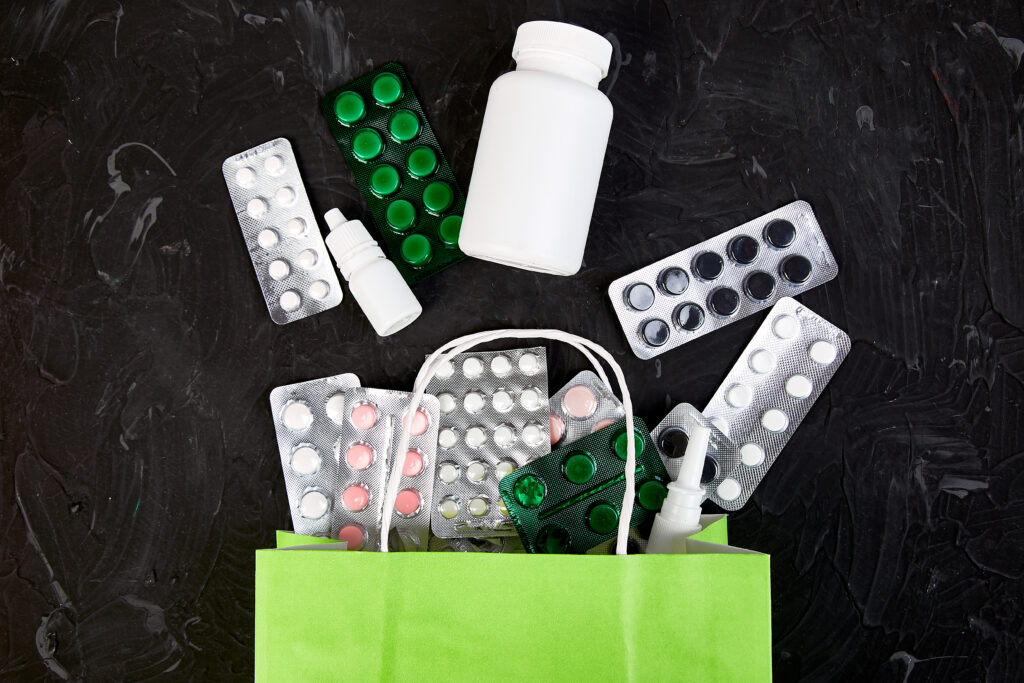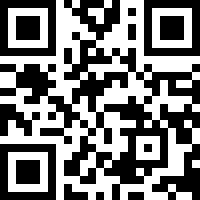The prevalence of counterfeit goods in global commerce is not a new phenomenon, but the urgency to address this issue has increased dramatically in recent years. As the United States healthcare system scrambled to respond to the COVID-19 pandemic and economic growth stalled, the impact of the commercial and physical harm that imported counterfeit goods can inflict on Americans became a big threat.
Prevalence of Counterfeits in General
The global magnitude of the counterfeit products trade has been observed in reports by multilateral global institutions and US agencies alike, highlighting where IP rights violations are most common. According to an Organisation for Economic Cooperation and Development (OECD) analysis released in March 2019, commerce in counterfeit goods accounts for 3.3% of all global trade— a proportion that is growing. According to the OECD, China and Hong Kong produce the majority of counterfeit or pirated goods, although other notable producers include the UAE, Turkey, Singapore, Thailand, and India. When it comes to the countries most affected, the OECD reports that U.S. companies’ intellectual property was involved in 24% of all counterfeit items seized globally, making the United States the country most severely hit by counterfeiting.
Global Reach of Counterfeit Medicines
The illegal trade in counterfeit and substandard pharmaceuticals is on the rise. Patients’ lives are on the line, as is their trust in medication. Simultaneously, the costs to local and national economies, as well as healthcare systems, are enormous.
According to World Health Organization (WHO), both generic and novel medications are being counterfeited— an activity that not only endangers patient health but also has a negative impact on the economy and jobs. In nations like Africa, it is estimated that 42% of fake medicines were reported to WHO. And Region of the Americas are not immune to this trend, with estimates putting the figure at up to 21% of counterfeiting reports. European region covered 21%, while the Eastern Mediterranean Region had 6% of reports.
Taken these data together, it is strongly suggested to take greater efforts in combatting substandard and falsified medical products.
Reasons for Falsified and Substandard Medicines
Consumers may unavoidably purchase fake drugs online because they cannot afford to visit a doctor or get medicine from a pharmacy. According to studies, about 90% of drugs purchased online originate in a country other than the one stated on the website. At other times, patients will purchase medications from online pharmacies, which frequently source medications from countries with lax regulatory systems. PMMI’s 2016 Brand Protection and Product Traceability report found that medicines bought over the internet that conceal their physical address are counterfeit in more than half of cases.
According to a study, Countering the Problem of Falsified and Substandard Drugs, making fake medicine is an opportunistic crime, more common in places where regulatory oversight is weak or inconsistent; criminals may intentionally price falsified products slightly lower than legitimate drugs in order to guarantee their market share but avoid consumer suspicion.
Implementation of new technologies to better protect drug supply
Since counterfeiters’ capabilities continue to advance at a breakneck pace, there is no single “magic bullet” solution that can guarantee long-term drug security. However, in the years ahead, a combination of rapidly expanding “track and trace” technology and product identification technologies should result in a much-increased level of security for drug supplies. Similar anti-counterfeiting technologies are already in use in other industries, and FDA seeks to accelerate their development and adoption in order to protect pharmaceuticals against counterfeiting.
- Modern electronic technology is rapidly approaching the point where it can provide considerably stronger assurances that a medication product was created properly and distributed under conditions that did not compromise its potency in a reliable and cost-effective manner. The most promising solution to dependable product monitoring and tracing appears to be radiofrequency identification (RFID) tagging of products by manufacturers, distributors, and merchants.
- Authentication technologies include measures such as color shifting inks, holograms, fingerprints, taggants, or chemical markers embedded in a drug or its label. The use of one or more of these measures on drugs, starting with those considered most likely to be counterfeited, is an important part of an effective anti-counterfeiting strategy.
Other specific approaches listed by the FDA to assuring that Americans are protected from counterfeit drugs includes the following critical elements:
- Adoption and enforcement of strong, proven anti-counterfeiting laws and regulations by the states.
- Adoption of electronic track and trace technology to accomplish and surpass the goals of the Prescription Drug Marketing Act.
- Increased criminal penalties to deter counterfeiting and more adequately punish those convicted.
- Adoption of secure business practices by all participants in the drug supply chain.
- Development of a system that helps ensure effective reporting of counterfeit drugs to the agency and that strengthens FDA’s rapid response to such reports.
- Education of consumers and health professionals about the risks of counterfeit drugs and how to protect against these risks.
- Collaboration with foreign stakeholders to develop strategies to deter and detect counterfeit drugs globally.
Takeaway
The ongoing battle between genuine and counterfeit medications has been identified as a major healthcare crisis. Looking at the problem as a whole can be overwhelming and frightening for pharmaceutical professionals, as well as for consumers who rely on companies to provide them with safe and effective medications. Owing to technological advancement, we have wealth of information at our disposal to combat this epidemic. The adoption and advancement in track and trace technology would help secure the integrity of the drug supply chain and save lives of people. Authentication technologies for pharmaceuticals have been sufficiently studied that they can now serve as a critical component of any strategy to protect products against counterfeiting.
For real-time authentication and validation technology, visit IDLogiq.
About IDLogiq
IDLogiq is made up of a team of deeply committed, with multidisciplinary professionals, which includes healthcare specialists, DSCSA and supply chain experts, advanced security technologists, and more. The team comes together to create a technological and trusted solution to supply chain. IDLogiq’s core mission of helping enterprises combat against counterfeiting all over the world to resolve $1.8 Trillion and 1 million lives lost per year and counting.
IDLogiq team envisions a world free of counterfeit drugs and a global environment working together to optimize business efficiency, maximize business intelligence via the application of our state-of-the-art IDLogiq technology.


